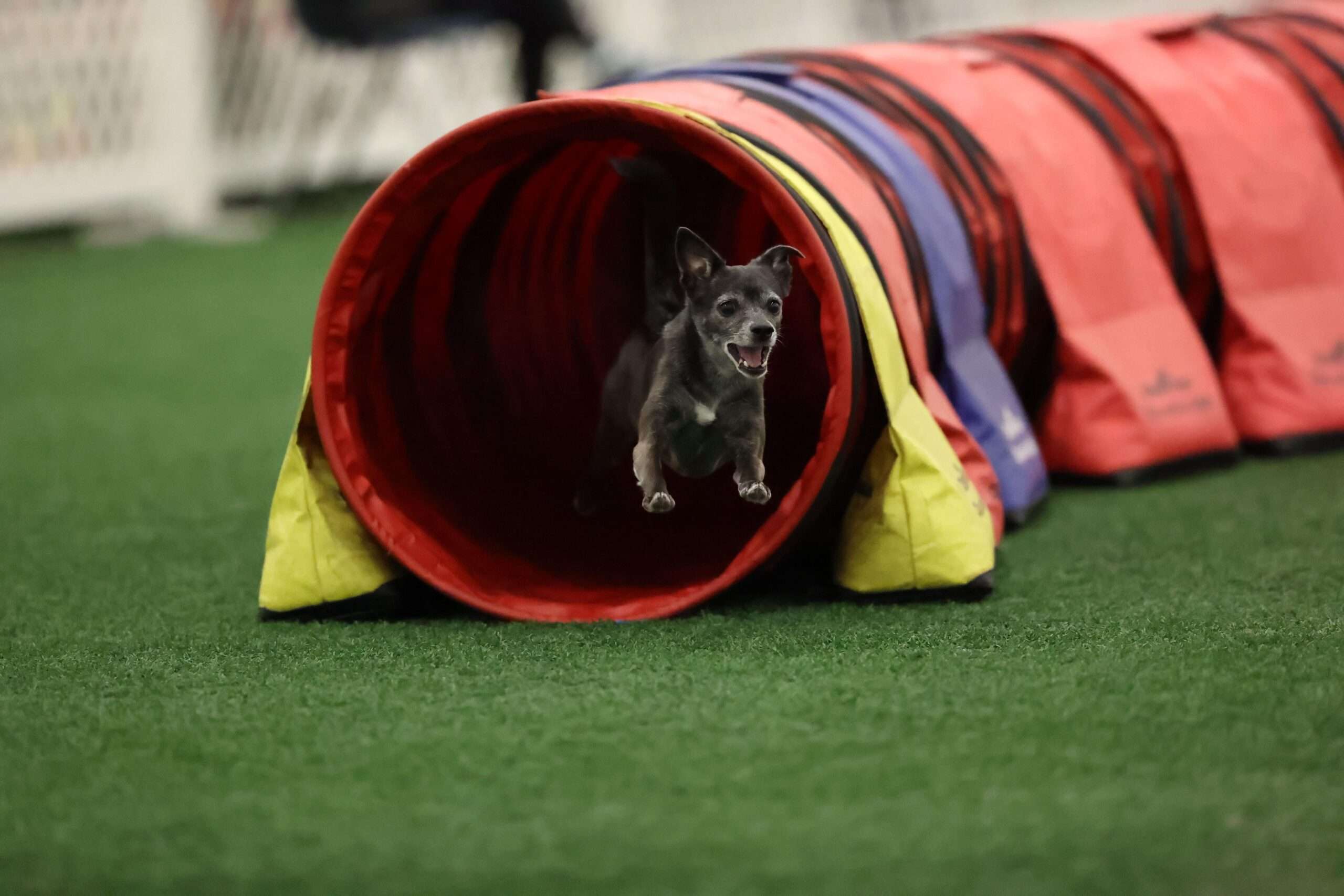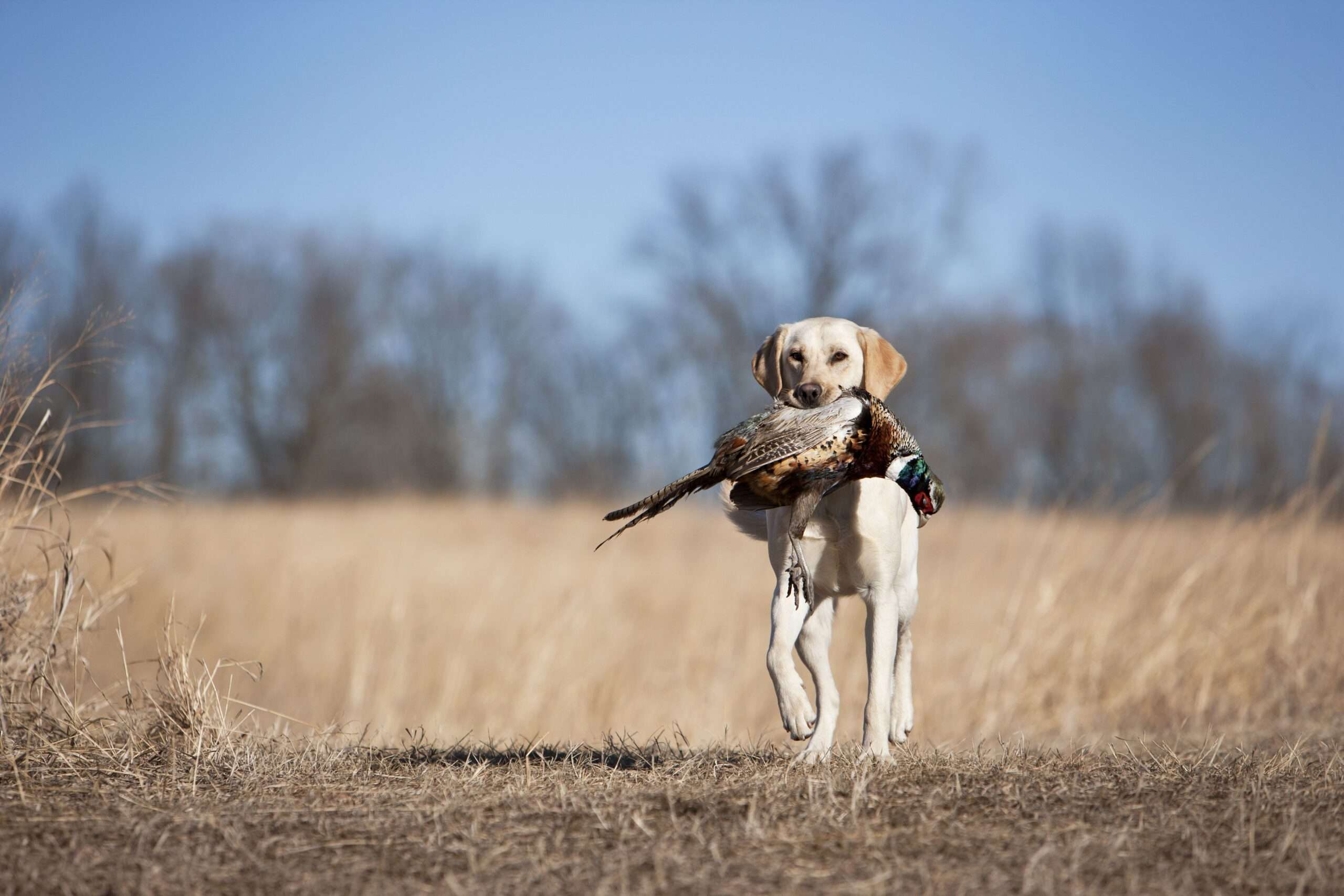Key Takeaways:
- The Nova Scotia Duck Tolling Retriever, also known as the Toller, is a medium-sized dog breed known for its intelligence, agility, and high energy levels.
- Tollers were originally bred in Canada to assist hunters in luring and retrieving waterfowl. They have a unique hunting style that involves playing and wagging their tails to attract birds.
- These dogs require regular exercise and mental stimulation to prevent boredom and destructive behavior. Daily walks, playtime, and training sessions are essential for their well-being.
- Tollers have a thick double coat that requires regular brushing to prevent matting and shedding. They are generally healthy dogs but can be prone to certain conditions like hip dysplasia and progressive retinal atrophy.
- As highly social dogs, Tollers thrive on human companionship and may experience separation anxiety if left alone for long periods. Early socialization and consistent training are crucial for raising a well-behaved Toller.
Are you ready to embark on an exciting journey into the world of the Nova Scotia Duck Tolling Retriever, also known as the Toller? Get ready to discover the incredible value and benefits of understanding this unique dog breed. Whether you're a dog lover or simply curious about different breeds, delving into the characteristics and care of Tollers will leave you amazed. These intelligent and playful dogs are not only adorable companions but also possess remarkable skills that make them stand out from other breeds. By exploring this topic, you'll gain insights into their history, temperament, and how to provide them with the best care possible. So, get ready to dive in and unravel the secrets behind these captivating canines!
What is a Nova Scotia Duck Tolling Retriever and what makes it unique?
The Nova Scotia Duck Tolling Retriever, also known as Toller, is a medium-sized dog breed that originated in Nova Scotia, Canada. They are known for their striking appearance and unique hunting abilities. Tollers have a dense double coat that comes in various shades of red and orange, making them stand out from other retriever breeds.
What sets Tollers apart is their distinctive hunting technique called "tolling." They were bred to lure ducks towards hunters by playfully running along the shoreline or hiding in the bushes. Their energetic movements and wagging tails attract the curiosity of ducks, making them swim closer to investigate. Once the ducks are within range, the hunters can easily retrieve them.
The origin and purpose behind the name "Nova Scotia Duck Tolling Retriever"
The name "Nova Scotia Duck Tolling Retriever" reflects both their place of origin and their role as a retriever. The term "Nova Scotia" refers to the Canadian province where they were first developed. "Duck" indicates their primary prey, which they were specifically trained to retrieve from water bodies like lakes and rivers.
The word "Tolling" in their name refers to their unique hunting technique mentioned earlier. It comes from an old English word meaning to entice or lure. The Toller's ability to entice ducks towards hunters with its playful actions is what earned it this distinctive part of its name.
The exercise needs of a Toller for their health and happiness
Tollers are highly active dogs that require regular exercise to stay healthy and happy. Daily physical activity not only helps them burn off excess energy but also stimulates their minds. Here are some exercises that are beneficial for Tollers:
1. Daily Walks:
Taking your Toller for a brisk walk or jog every day is essential. Aim for at least 30 minutes to an hour of exercise to keep them physically fit.
2. Retrieving Games:
Tollers have a natural instinct for retrieving, so playing fetch with them is a great way to engage their minds and provide physical exercise. Use toys or balls specifically designed for dogs to avoid any harm.
3. Swimming:
Tollers love water and are excellent swimmers. If you have access to a safe swimming area like a pool or lake, let your Toller enjoy a refreshing swim. Swimming is not only great exercise but also helps keep their joints healthy.
Managing a Toller's diet for their overall well-being
A balanced diet is crucial for the overall well-being of your Toller. Here are some tips to manage their diet effectively:
1. High-Quality Dog Food:
Choose a high-quality dog food that meets the nutritional needs of your Toller. Look for options that contain real meat as the primary ingredient and avoid foods with excessive fillers or artificial additives.
2. Portion Control:
Avoid overfeeding your Toller, as they can easily gain weight if given too much food. Follow the feeding guidelines provided by the dog food manufacturer based on your dog's age, size, and activity level.
3. Treats in Moderation:
Treats can be used as rewards during training or as occasional snacks, but make sure not to overdo it. Choose healthy treats made specifically for dogs and limit their intake to prevent weight gain.
4. Fresh Water:
Always provide your Toller with fresh, clean water to keep them hydrated throughout the day. Check their water bowl regularly and refill as needed.
Are Nova Scotia Duck Tolling Retrievers good with children and other pets?
Interaction with Children
Nova Scotia Duck Tolling Retrievers, or Tollers, are known to be excellent companions for children. Their friendly and playful nature makes them great playmates for kids. They have a high energy level, which matches well with the active lifestyle of children. Tollers are patient and tolerant, making them suitable for families with young children. However, it is important to teach both the dog and the child how to interact safely and respectfully. Supervision is crucial to ensure that both parties are comfortable and happy.
Interaction with Other Pets
Tollers generally get along well with other pets when properly socialized from a young age. They can coexist peacefully with cats, other dogs, and even small animals like rabbits or guinea pigs. Early socialization helps them develop good manners and understand boundaries when interacting with other animals. However, it's important to note that each dog has its own unique personality, so some Tollers may not be as accepting of other pets as others. Proper introductions and gradual interactions are key to ensuring a harmonious relationship between your Toller and other pets in your household.
Tips for Introducing Your Toller to Children or Other Pets:
- Supervise all interactions between your Toller and children or other pets.
- Teach your child how to approach and handle the dog gently.
- Gradually introduce your Toller to new pets in a controlled environment.
- Reward positive behavior from both the Toller and the child/pet being introduced.
- Seek professional help if you encounter any difficulties during the introduction process.
Grooming routine tips for keeping a Toller's coat looking great
Regular Brushing
To keep a Nova Scotia Duck Tolling Retriever's coat looking its best, regular brushing is essential. Their double coat consists of a dense undercoat and a water-repellent topcoat, which requires frequent maintenance. Brushing helps remove loose hair, prevents matting, and keeps the coat healthy and shiny. Aim to brush your Toller at least twice a week, using a slicker brush or an undercoat rake to reach the dense undercoat.
Bathing and Drying
Bathing should be done as needed, typically every 6-8 weeks or when your Toller gets dirty. Use a dog-specific shampoo that won't strip the natural oils from their coat. After bathing, make sure to thoroughly dry your Toller's coat to prevent moisture from getting trapped against their skin, which can lead to skin issues. Use a blow dryer on low heat or towel dry them gently.
Tips for Maintaining Your Toller's Coat:
- Invest in quality grooming tools like slicker brushes and undercoat rakes.
- Be gentle while brushing to avoid causing discomfort or pain.
- Check for any tangles or mats regularly and address them promptly.
- Trim the hair between their paw pads regularly to prevent matting.
- Consult with a professional groomer if you need assistance with specific grooming techniques.
Tips for training a Nova Scotia Duck Tolling Retriever
Positive Reinforcement
When it comes to training Tollers, positive reinforcement is key. These intelligent dogs respond well to rewards such as treats, praise, and playtime. Use positive reinforcement techniques to motivate and encourage desired behaviors. Avoid harsh punishments or negative reinforcement methods as they can damage the trust and bond between you and your Toller.
Consistency and Patience
Consistency is crucial in training a Toller. Establish clear rules and boundaries from the beginning and stick to them. Use consistent commands and cues to help your Toller understand what is expected of them. Additionally, patience is essential when training a Toller as they can be independent thinkers at times. Stay calm, be patient, and celebrate small victories along the way.
Tips for Successful Training:
- Keep training sessions short but frequent to maintain focus.
- Use high-value treats as rewards for good behavior.
- Socialize your Toller from a young age to ensure proper behavior around people and other animals.
- Enroll in obedience classes or seek professional guidance if needed.
- Make training fun by incorporating games and interactive toys into the process.
In conclusion, the Nova Scotia Duck Tolling Retriever is a friendly and intelligent dog breed that requires regular exercise and mental stimulation. With proper care and training, they make great companions for families and individuals alike.
Are duck tollers high maintenance?
Tollers require a lot of attention and care. They are a lively breed that requires ample physical activity and mental engagement. If a Toller becomes bored and has excess energy, they will find other ways to release it, often leading to destructive behavior.
Do duck tollers like to cuddle?
While tollers are typically known as sporting dogs, they can also be affectionate family pets. Just like any dog, it is important for adults to supervise playtime with young children and never leave them unsupervised. However, active and older children would make excellent playmates for Nova Scotia duck tolling retrievers.
What are the characteristics of a Toller dog?
They are highly trainable and can achieve great success in activities such as flyball, agility, obedience, and more. The Toller is a lively and energetic companion who brings immense joy.
What are the cons of duck tollers?
Some health issues that can affect Tollers include hip dysplasia, eye problems like Collie eye anomaly and progressive retinal atrophy, Addison's disease, and hypothyroidism. Tollers with red coloring and a self-colored nose may also be more prone to immune-mediated diseases.
Can Nova Scotia Duck Tolling Retriever be left alone?
A Duck Tolling Retriever can typically be left alone at home for six to eight hours as long as they are taken on a long walk before you leave and when you return. Using crate training can help prevent destructive behavior, although excessive barking may still be an issue.
Why do duck tollers scream?
Tollers have a distinctive bark that is high-pitched and piercing, similar to a scream. They use this bark to express enthusiasm and eagerness. However, to those who are not familiar with the breed, this bark may sound alarming as it is loud and frantic. With consistent training, owners can teach their Tollers not to bark in this manner.

















